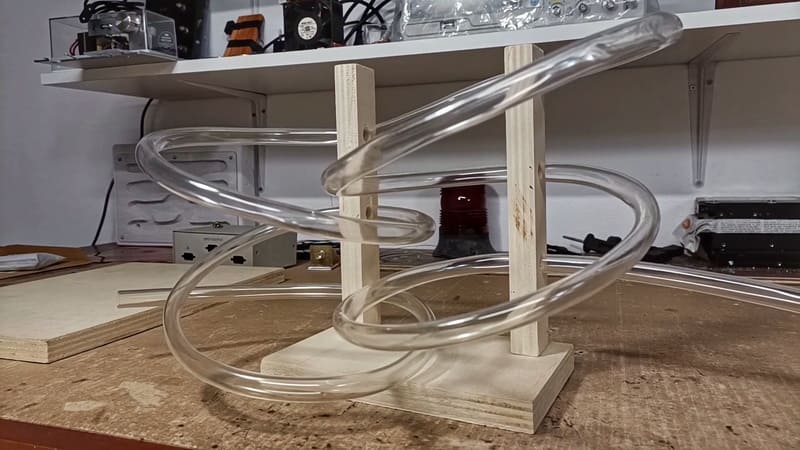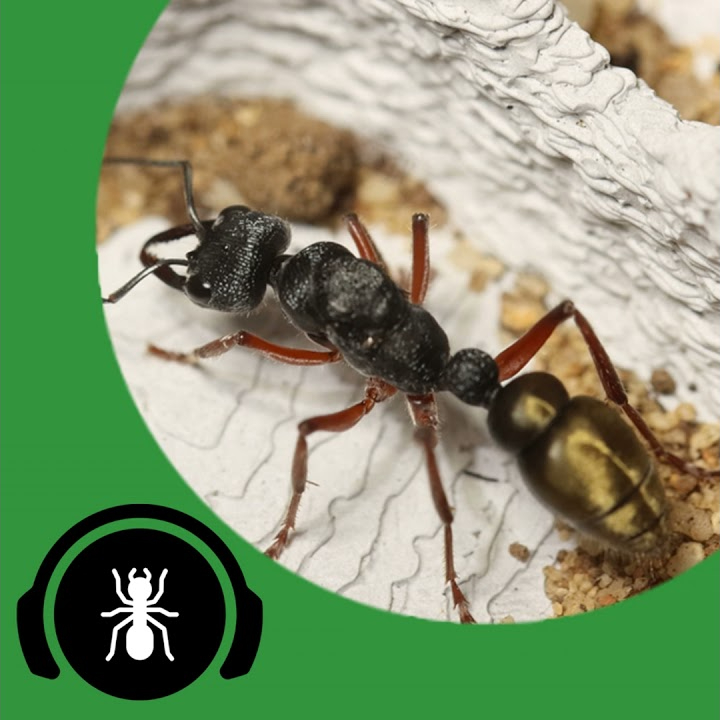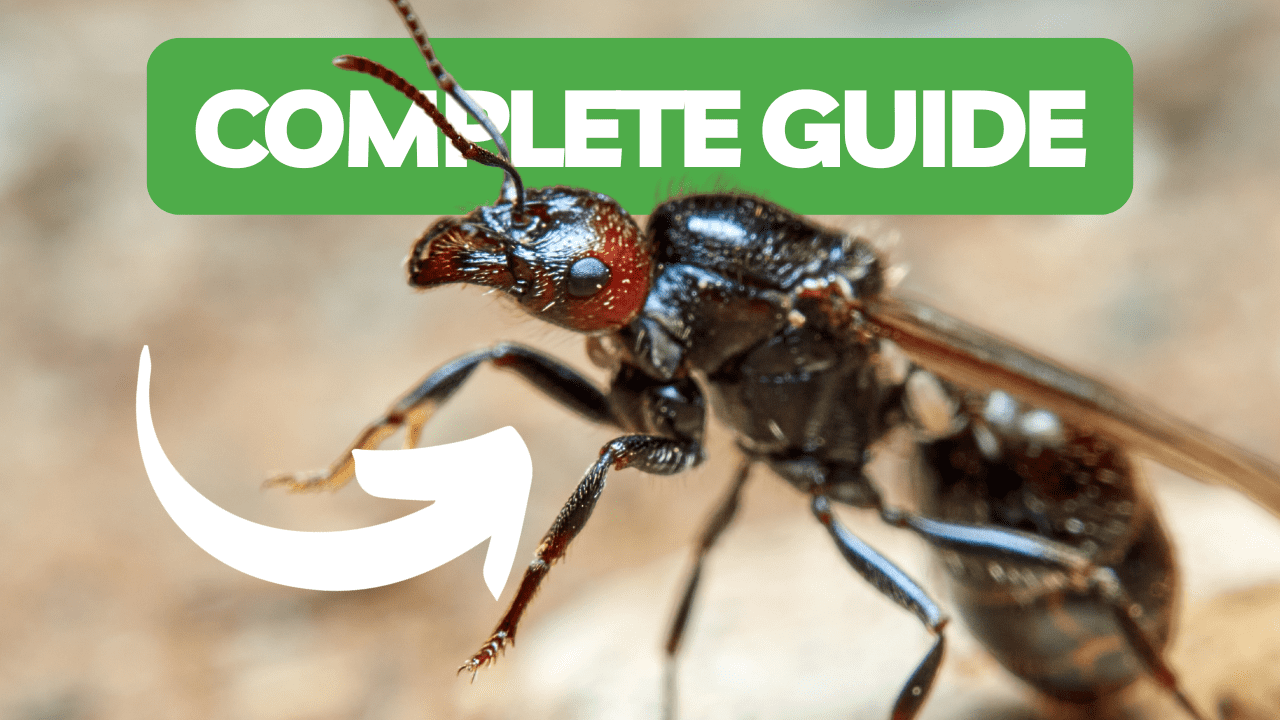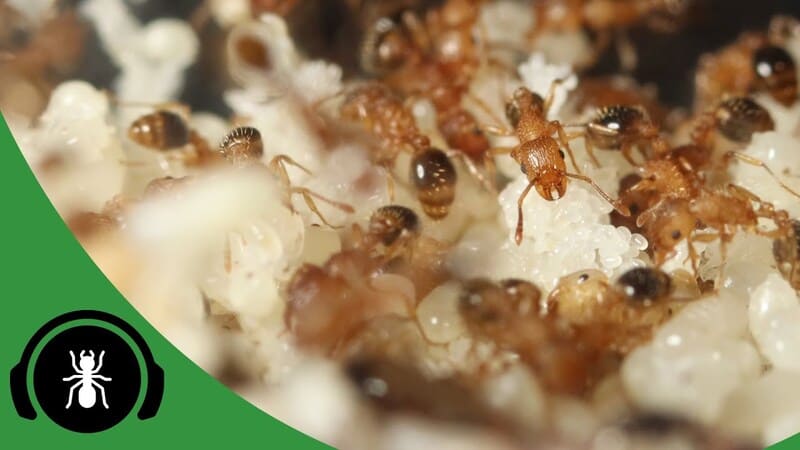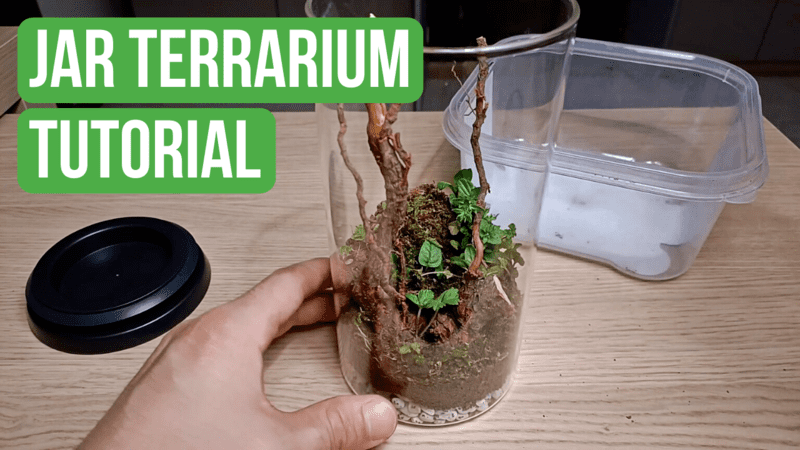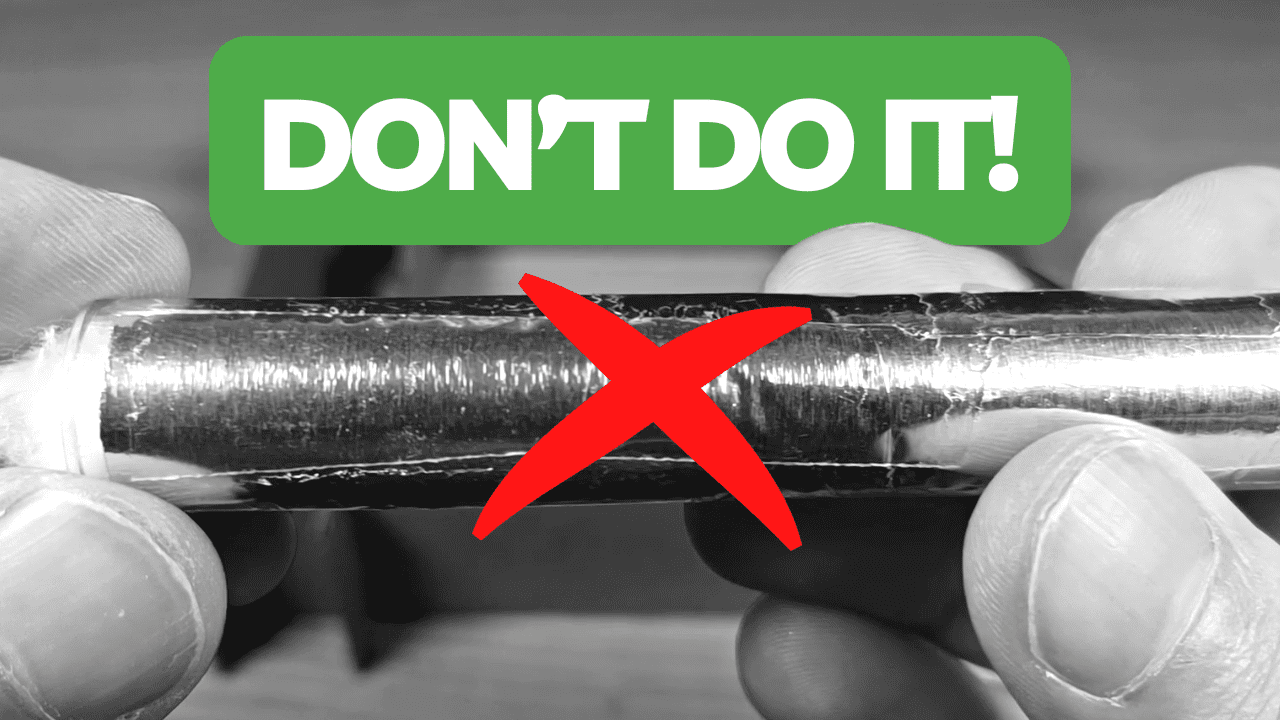Comparing 4 Different Types Of Ant Nests

Hi guys! I hope you’re doing well!
Today we’re going to compare 4 different types of ant nests, understanding the pros and cons of each one!
Let’s get into it!
Introduction
Test tube setups, acrylic nests, Ytong nests, wooden nests… But how do I know which nest type better suits my ant species? That’s what this guide is all about!
By the end of the guide, you will have a clearer understanding of the peculiar characteristics that distinguish these 4 nest types, which are some of the most common types of ant nests used in ant keeping!
Let’s start with the most basic one!
NEST TYPE NUMBER 1: The Test Tube Setup
The first and most obvious choice for an ant nest is undoubtedly the test tube setup. This very basic type of nest is the most commonly used setup when it comes to starting an ant colony from a single queen.
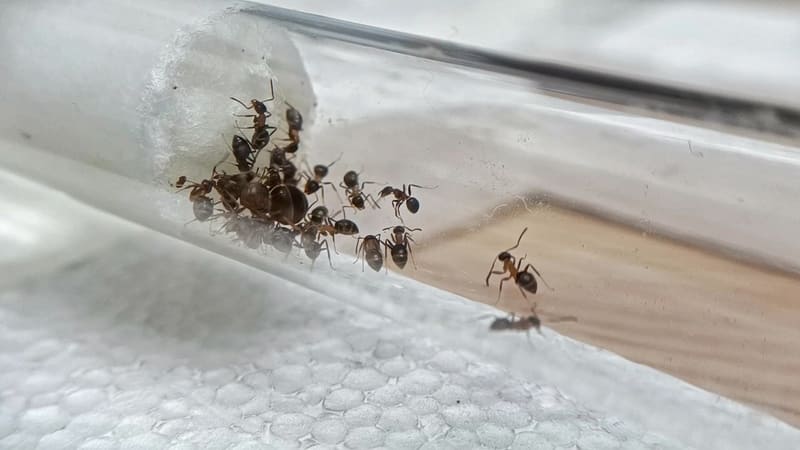
If you have just caught a queen ant, or you have a very small colony with very few workers, the best thing you can do is keep them in a test tube setup! This is the best way to recreate the environment that a young colony experiences in the wild, replicating the same amount of space, humidity, and temperature.
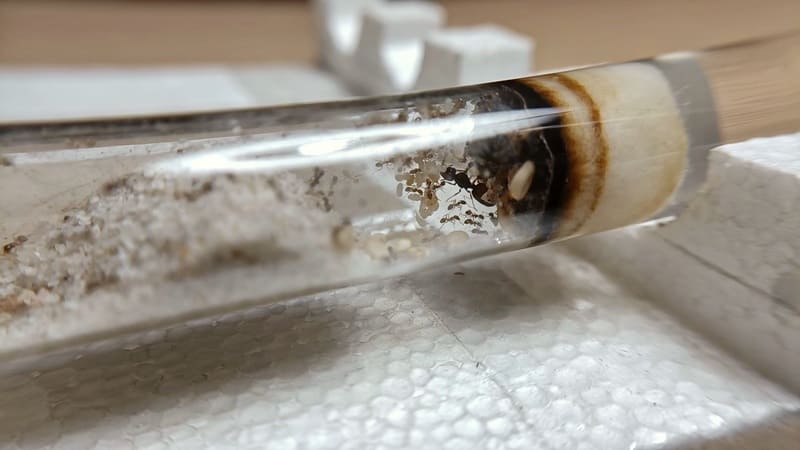
The test tube setup is extremely cheap! And it’s also very easy to create! You just need a test tube, water, a piece of cotton, and some type of long stick. That’s all you need!
This setup offers lots of advantages when it comes to housing a very small colony. Having a water reservoir directly inside the nest makes the maintenance process 10 times easier. The reservoir provides the ants with a constant source of water, also keeping the humidity in the nest very stable.
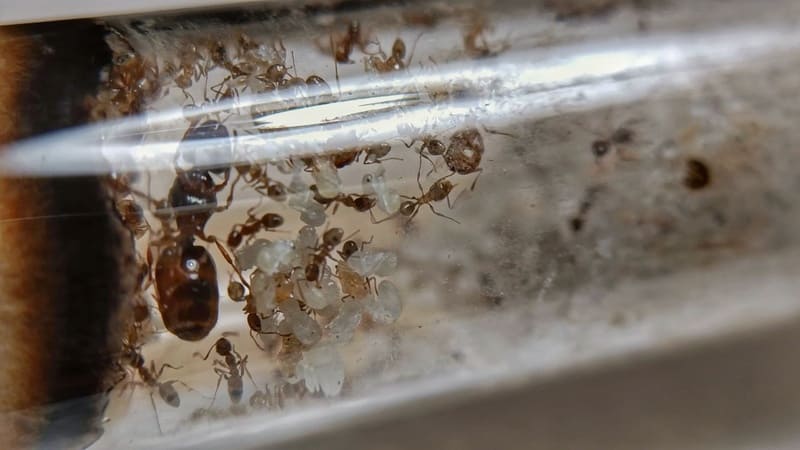
Another great advantage of this basic setup is its compact size. It is definitely the most space-effective nest out there!
If you are new to this fantastic hobby called ant keeping and don’t know what a test tube setup is, I would suggest you check out this tutorial! In this one, I explain in detail everything you need to know to create the perfect test tube setup!
NEST TYPE NUMBER 2: The Acrylic Nest
This type of nest has become extremely popular in the last few years. In the last 10 years or so, many companies have started to specialize in building ant keeping products, including acrylic nests.
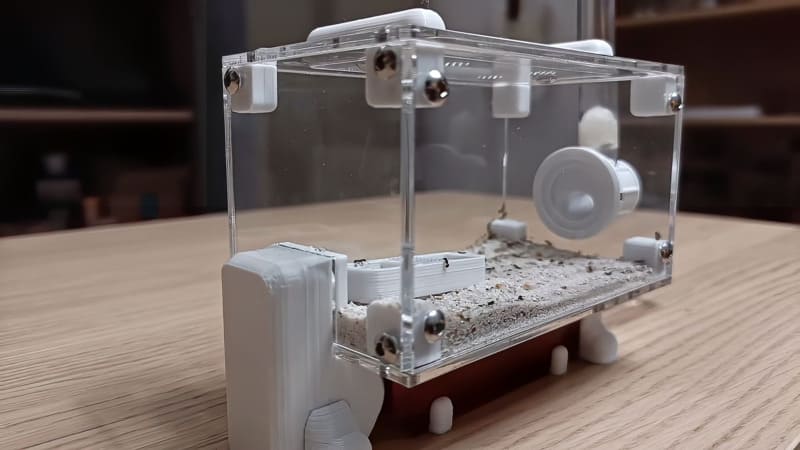
Discount!
Get this extremely cool ant nest on the WaKooshi online shop! Use the discount code BRUMA to get 10% off your entire order!
Nowadays there are an infinite number of variations. With the rise of 3D printing technology, almost every company involved in building ant keeping products has started to produce these types of nests, creating an immense supply of acrylic nests.
When it comes to this type of nest, you have plenty of choices. All-in-one nests, modular nests, test tube-based nests… You are spoiled for choice!
The price of these nests can vary significantly between suppliers. Some companies sell extremely high-quality nests, fitted with the latest temperature and humidity control technologies. On the other hand, there are lots of companies that sell very basic and cheap nests, perfect for starting out with a low budget.
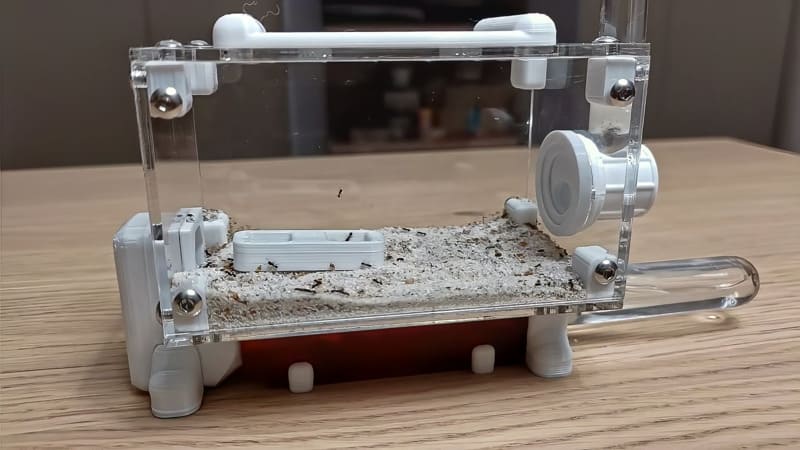
The best advantage of these nests is their compatibility with a wide range of ant species. You can use an acrylic nest to house basically every species! You can easily find this type of nest in one of the many online shops dedicated to ant keeping.
If you like the look and feel of 3D-printed products, you will definitely like this ant nest! It's the super cool test tube-based ant nest made by WaKooshi in the picture above! This nest is perfect if you have an extremely small colony, or even just a newly caught queen!
NEST TYPE NUMBER 3: The Ytong Nest
If you like DIY projects and love making things from scratch, this is definitely the nest type for you!
Ytong is a particular type of aerated concrete, usually used in construction. It is very popular in ant keeping for its moisture-retention properties, and it’s suitable for housing the majority of ant species.
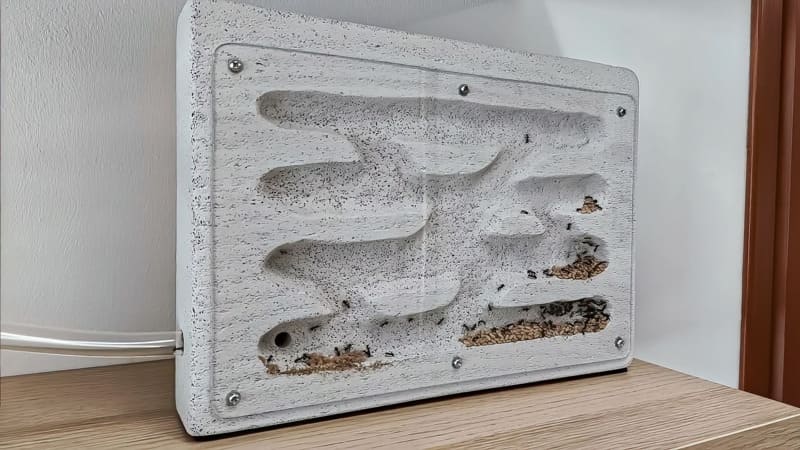
This unusual type of concrete is extremely easy to sculpt! You can easily create all the chambers of the nest just by using a screwdriver!
If you’re interested in building one of these fantastic D.I.Y. concrete nests, I would strongly suggest you check out this tutorial! It’s a very easy step-by-step guide on how to make a Ytong nest all by yourself!
The main pros of this nest are its customizability and its moisture retention properties. Thanks to the fact that this material has lots of tiny air bubbles, it’s ideal for maintaining a constant amount of humidity inside the chambers of the nest.
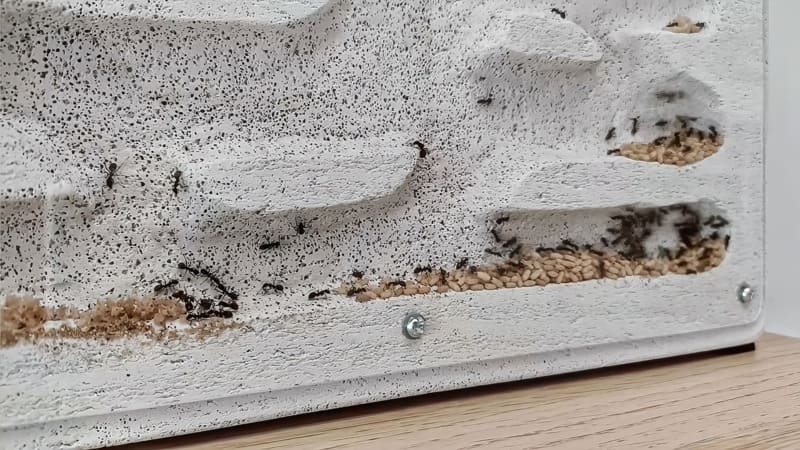
Keep in mind that many species can easily chew through this material, given its softness. For this reason, I would suggest you do a quick research on the species that you want to place in there!
NEST TYPE NUMBER 4: The Wooden Nest
This particular type of nest is a little different from the others. The main difference between a wooden nest and the nests I listed before is the fact that this one is made specifically to house certain species of ants.
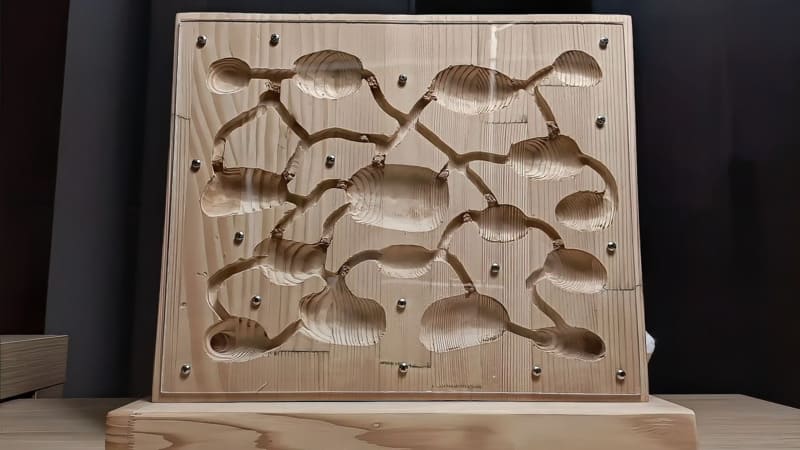
As you probably already know, some species of ants like to make their nests inside dead trees, branches, or other wood-related materials.
For these species, an artificial wooden nest is perfect. It replicates their natural environment in the best possible way, giving the ants a place where they will certainly feel at home.
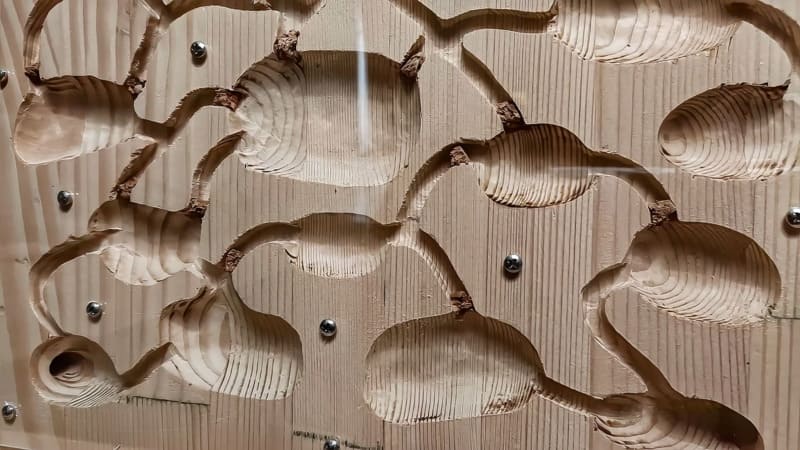
This is another type of nest that is relatively easy to create at home, starting just from a simple wooden panel! In this guide I explain in detail how you can make one of these wooden nests, starting from the drawing of the chambers all the way to the final result!
Unfortunately, there aren’t many companies that make this type of nest. That’s probably because these nests are too species-specific and would not sell as well as the other types.
So, these are 4 of the most common types of nests used in ant keeping! I hope I have clarified all your doubts, and I hope that thanks to this guide you can finally find the perfect home for your beloved ant colony!
I hope you have found this tutorial helpful!
If you love making DIY projects and enjoy creating things from scratch, I would strongly suggest you check out this tutorial! In this one, you will learn how to build an extremely cool tube spiral all by yourself!
FAQs
The guide covers test tube setups, acrylic nests, Ytong nests, and wooden nests.
Test tube setups are space-effective, easy to create, offer humidity stability, and provide a water reservoir for the ants.
Ytong nests are easy to sculpt, allowing for custom designs to fit the specific needs of your ant species.
Wooden nests are designed to replicate the natural environment of certain species that prefer to nest in wood materials.
Acrylic nests can be found in many online shops dedicated to ant keeping, and there are various options available to suit different budgets.
